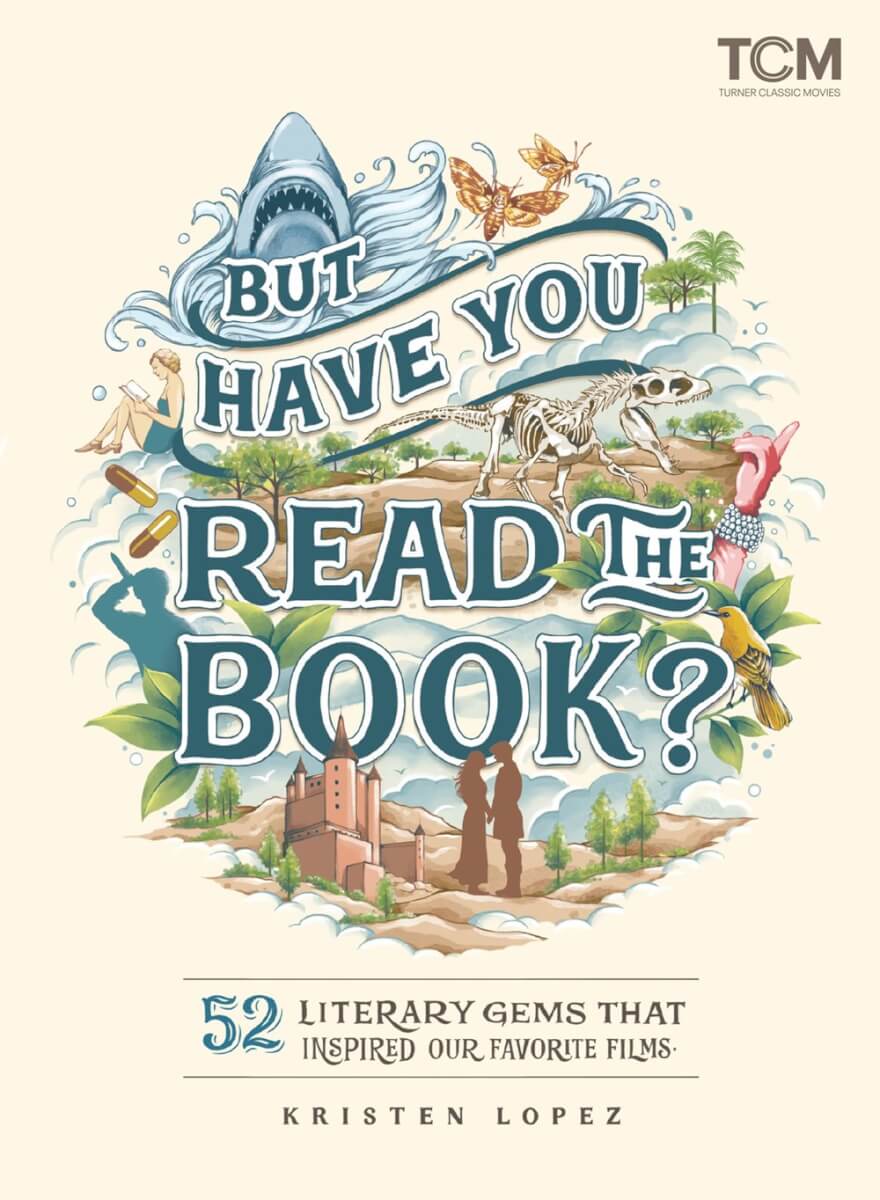Insider deputy editor Walt Hickey won the 2022 Pulitzer Prize for Illustrated Reporting and Commentary. His wide-ranging, captivating You Are What You Watch: How Movies and TV Affect Everything makes it easy to see why.
The average American spends three-plus hours a day consuming media. “Across a lifetime,” Hickey writes, “that’s 22 percent of our time on Earth!” No wonder we’re curious about how media affects us. He asserts that, contrary to those who consider our favorite media a “bogeyman, a brain melter, a violence inciter, a waste,” it actually is “complex, fascinating, and often rather good.”
Hickey fascinates as he demystifies pop culture, sharing the outcomes of his experiments and studies. He’s a data journalist, and cheeky and informative visuals—charts, graphs, maps and little photos of famous people’s heads—bolster his pro-pop-culture assertions and illuminate personal stories, such as when he subjected his nervous system to a “Jaws” rewatch to discern which scenes most affected him. Colorful charts like “Movies Make People Exhale the Same Chemicals at the Same Times” bring his research into focus. He notes that when “The Hunger Games” film debuted in 2012, USA Archery’s merchandise sales quintupled. Similarly, the premieres of 1943’s “Lassie Come Home” and 1992’s “Beethoven” were both followed by spikes in the popularity of collies and Saint Bernards.
The author’s keen eye for detail and ability to see connections across genres enliven the narrative beyond theory and talking points. From the WWE to the Tax Reform Act of 1976, Scooby-Doo to geopolitics, Hickey offers a bounty of enthusiasm for our favorite stories.






































